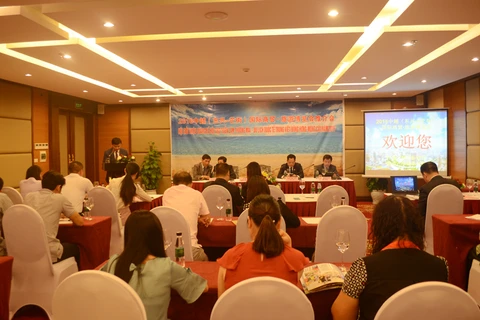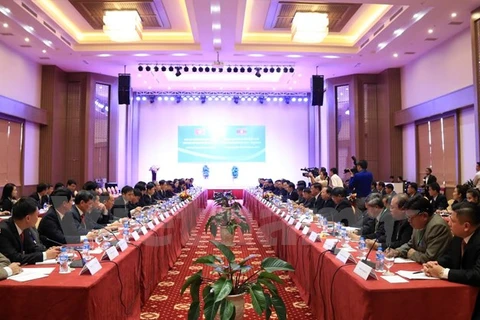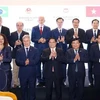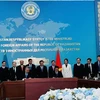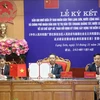In addition, the Ministry of Industry and Trade has recently approved a project to develop warehouses at border gates of Vietnam - Laos and Vietnam – Cambodia through 2025, with a vision towards 2035, which is expected to be a driving force for cross-border trade in the coming time.
According to the central steering committee for border trade, Vietnam shares about 4,600 km of land border with China, Laos and Cambodia. Along the entire border line there are 23 international border gates, 27 main border gates and 65 auxiliary ones, not to mention unofficial crossings.
Cross-border trade revenue makes up a large proportion of the total trade between Vietnam and its neighbours.
For instance, border trade accounts for 30 percent of the total trade between Vietnam and China every year.
Deputy Director General of the Mountainous and Frontier Trade Department under the Ministry of Industry and Trade Le Bien Cuong said there are 285 markets along the border line or at border gates and inside border gate economic zones.
Many underdeveloped localities have transformed into dynamic trade centres thanks to border gate economic zones.
Cuong, however, pointed out shortcomings in the management of border trade, including the inflexible trade policies and poor infrastructure.
Furthermore, the logistics systems at the Vietnam – Laos and Vietnam – Cambodia border gates are at small scale, hence, businesses have to sign contracts with different partners, causing waste and difficulties in establishing long-term relations in the supply chain.
The border gate warehouse project, hence, is expected to help spur trade activities across the Vietnam – Laos and Vietnam – Cambodia border.
Along the borders of Vietnam – Laos and Vietnam – Cambodia, there are 19 border gate economic zones, 18 international border gates, 20 main border gates, and 43 auxiliary border gates.-VNA
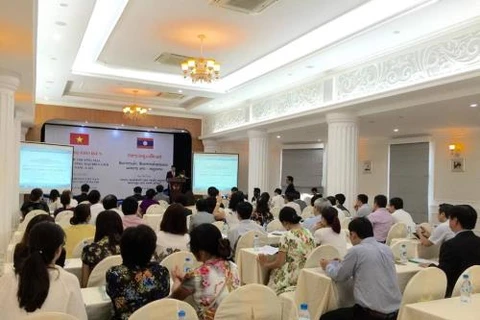
Trade agreements benefit Vietnamese, Lao businesses
The trade treaty signed between Vietnam and Laos in March 2015 and the border trade agreement inked in June 2015 offer special tariff preferences for the two nations’ businesses.

